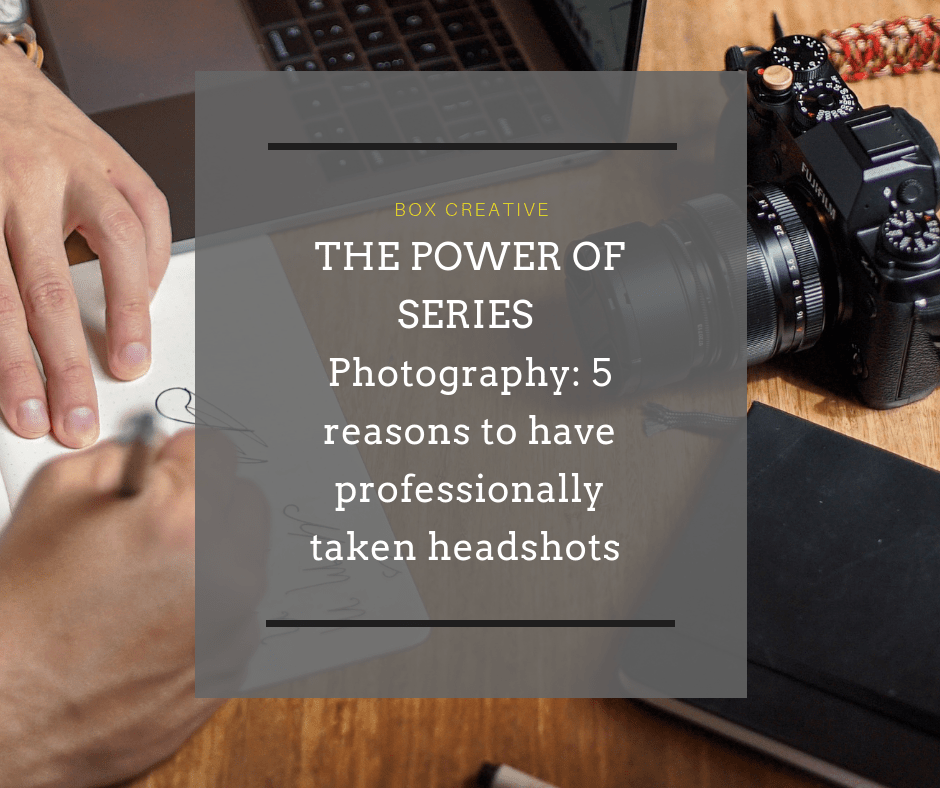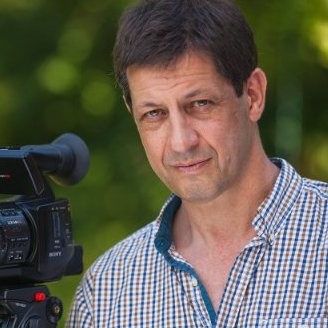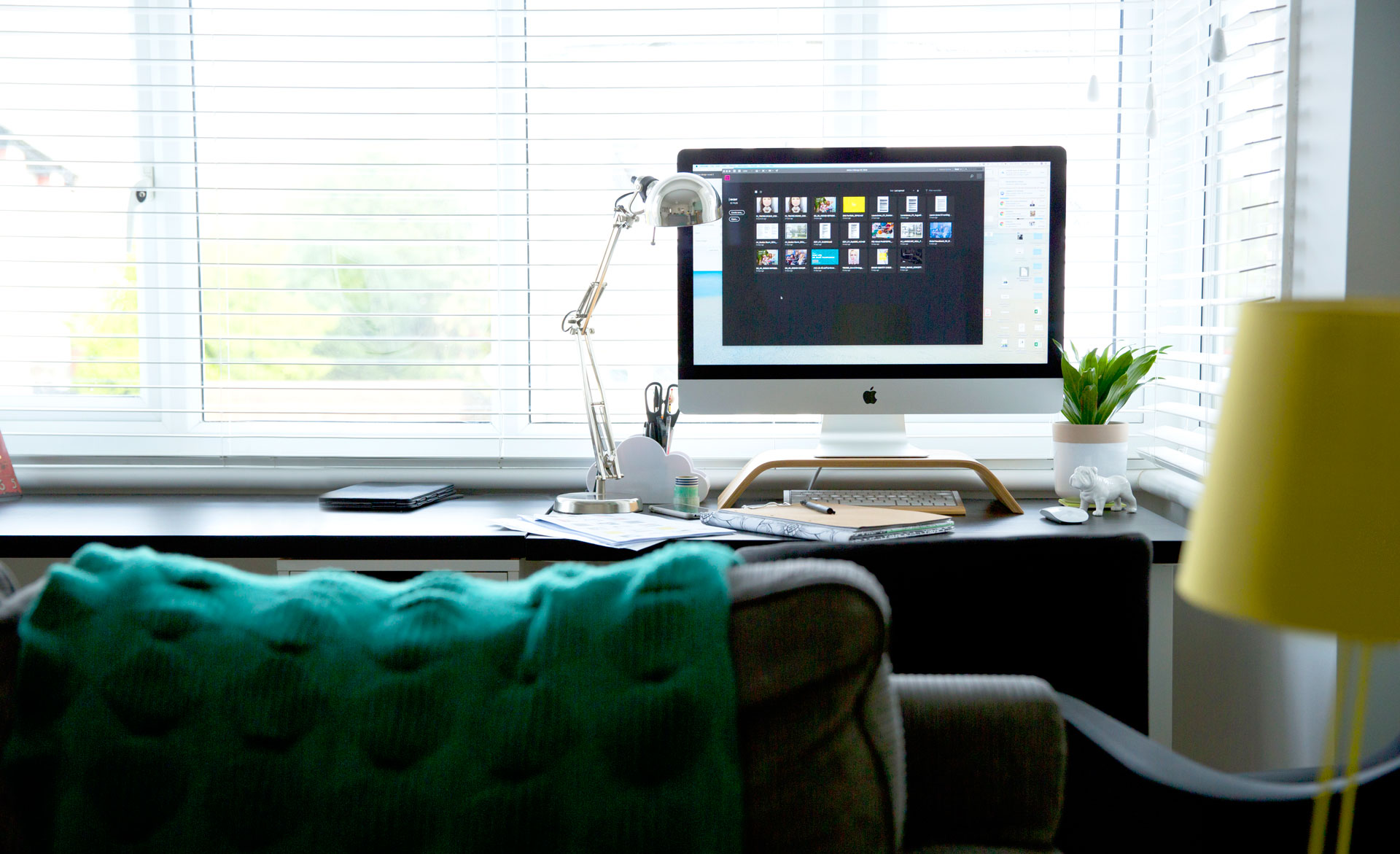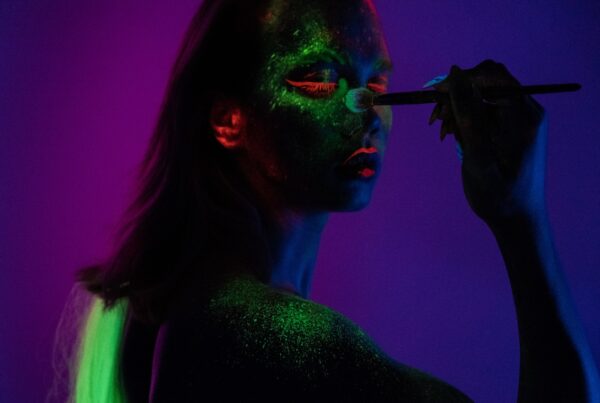THE POWER OF SERIES OF CONTRIBUTOR BLOGS BROUGHT TO YOU BY BOX UNWRAPS: THIS WEEK WE HEAR FROM DAVID COX OF NEXUS PICTURES.
5 REASONS TO HAVE PROFESSIONALLY TAKEN HEADSHOTS
Here’s a question: Do you have that one portrait shot that captures your professionalism, your character, is flattering and doesn’t make you cringe?!
As part of our The Power of Series, The super-talented videographer and photographer, David Cox of Nexus Pictures kindly gives his reasons why having that great, professional-taken headshot can make all the difference:
At some point in your professional career, it’s inevitable you’ll be asked to supply a picture of yourself, or your colleagues. What are you saying with the shots you then provide?
Everyone has a camera on their phone these days, and they’re getting more and more advanced, automating what used to be quite a black art. It’s unusual to produce shots that are out of focus or incorrectly exposed, so it’s natural to assume that everyone can take perfectly acceptable pictures, especially if they’re just for your LinkedIn profile or your company newsletter. However, if you compare a professionally taken shot with one you snap on your phone, it quickly becomes obvious that there’s another level here. And when these shots are used for PR articles or for a global audience it’s crucial to get it right. They are your first impression to the world – first chance to represent yourself!
You might also like:
The creative process explained – kinda…
5 must-have print items for your business
5 things to avoid when branding your business
Still not convinced?
 Headshot taken with a phone camera…
Headshot taken with a phone camera…  Professional shot results!
Professional shot results!
Here are 5 reasons to consider using a professional photographer to capture your headshots rather than relying on your smartphone…
1. Inspiring confidence – curating pose and performance in a relaxed environment
One of the great things about taking pictures for a living is when a sitter says, “I was dreading it, but you actually made it so easy.”
Few people enjoy the experience of sitting in front of a camera, waiting for the shutter release to click and the flash to fire. Even in these days of the ubiquitous selfie, formal portrait photos can create real anxiety. So the first job the photographer has to do is find a way to put the sitter at their ease, and this skill only comes with experience. It’s not something that can be taught. Furthermore, the sitter knows when you’re not telling them the whole truth. “That’s perfect” (did you hear the lack of conviction?)
2. Details are everything – all the gear, for a good reason
“Oh this is always such a faff.” “Why can’t you just get on with it?” “Do you really need all that stuff?”
Well, yes really.
First, there are a number of lenses to choose from, all of which will affect the way the shot looks. And then, when we light a subject, we take our time with the main light to try and ensure that it accentuates the good parts (cheekbones) and reduces the less good parts (usually chins). We then make sure shadows aren’t too pronounced, whilst still modelling the subject, and additional gentle highlights are carefully added to define edges and show texture.
All of this has to be achieved in balance, and within the dynamic range of the sensor you happen to be working with. And while we’re doing that, we’re thinking of the best possible framing of the subject, and potentially elements in the background which should add interest but not be distracting. Skimp on any of these details and the shot looks like no one cares.
3. Post Production – the art of optimising your shots
And, no, we’re not talking Instagram filters here. It doesn’t all stop with the click.
Once we’ve taken the images, and there will typically be hundreds of them, to ensure that the very best facial expressions and poses have been captured, we painstakingly search through them to weed out the ones that didn’t make the cut, and to highlight the very best ones.
At the same time, we’ll make sure that the highlights and shadows sit exactly where they should on the scopes – yes even when they’ve been shot as carefully as possible, there’s still room for manoeuvre in post – and that the colours are absolutely correct.
At this point, we can start to add a ‘look’, whether that be a subtle desaturation, an increase in contrast, or a slight colour cast, or a combination of many other options, to give the images extra character and ensure they stand-out, or perhaps conform to brand guidelines.
4. Efficiency and quality (it’s what we do)
If you still decide to entrust the job of shooting corporate headshots to someone in-house, if they’re shooting on a phone or a half decent camera with a decent lens, bear in mind they still have to stop what they’re doing in order to set up and shoot them: and their time is still worth money (surely, or they wouldn’t be employed). Furthermore, do they have the necessary lighting and backgrounds and have they got the experience to generate ideas and new, workable ways of shooting? If the shots aren’t up to scratch, they can hardly be blamed as it’s not exactly part of their job description.
5. Show your team you think they’re worth it
By not investing time and money on representing the team professionally, it communicates, even if not explicitly stated, that you have little regard for them. Which is not the best way to motivate people in a business environment. And the message it sends to anyone seeing them in use is very similar. So if you value your team it may be worth considering investing in a professional to take proper portraits that everyone can be proud of and the ultimately delivers value back to the company.
So, there you have it
Some solid reasoning to empower you to call for some decent photography to capture your team properly, beautifully. Thus ensuring you never have to rummage through Facebook for the least incriminating image you can find of you and can be presented to the world confidently and professionally.


David Cox is Video Producer and Director of Photography at Nexus Pictures Ltd, based in Buckinghamshire and regularly working nation-wide and as far afield as Hong Kong. His philosophy is creating compelling stories through still and moving images, working across a host of industry sectors. Contact him directly to discuss you company’s moving image and stills needs – you’ll be in great hands.





